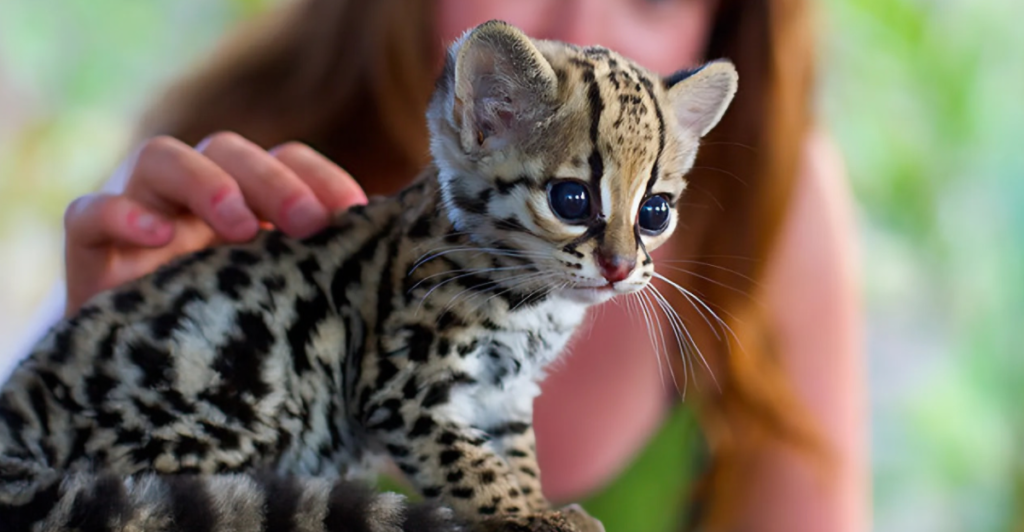
North America is home to an incredible variety of wildlife, but some of its most iconic species are slipping toward extinction. Habitat loss, climate change, and human activity have pushed these animals to the brink. As their numbers dwindle, their future grows uncertain. Here are nine endangered animals in North America now facing a grim and urgent fight for survival.
The Fragile Web of North America’s Biodiversity
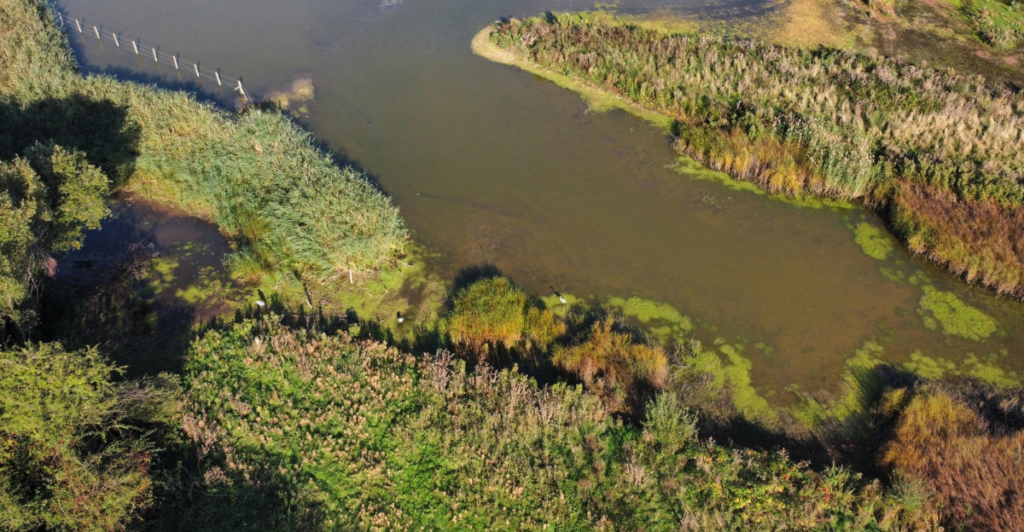
North America is a mosaic of ecosystems—towering boreal forests, sun-scorched deserts, and coastal wetlands—all supporting a staggering diversity of species. Yet many of these species are disappearing before our eyes. Over 1,300 are currently listed as endangered or threatened in the U.S. alone, despite decades of progress under the Endangered Species Act.
The culprits are numerous: unchecked development, invasive species, and climate-driven changes in weather patterns and vegetation. As we lose species, we also unravel the intricate relationships that stabilize ecosystems—predator-prey balances, pollination networks, nutrient cycles.
This list looks beyond the usual suspects to spotlight nine lesser-known but critically endangered animals. These creatures—some elusive, others oddly charismatic—represent the invisible pillars holding up our shared environment.
1. Monarch Butterfly: A Symbol of Resilience
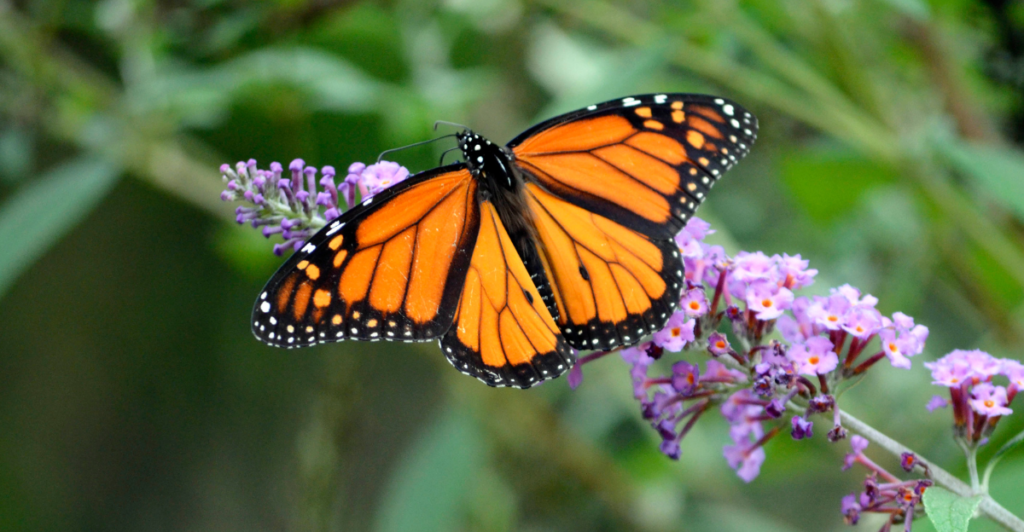
Monarch butterflies, once numbering in the hundreds of millions, have declined by over 80% in the past two decades. Their annual migration—spanning up to 4,800 kilometers (3,000 miles)—is one of nature’s marvels, yet each leg of the journey is imperiled.
Deforestation in Mexico, agricultural expansion across the U.S. and Canada, and widespread herbicide use have destroyed vital milkweed habitats. Although not listed under the ESA, their decline has sparked citizen science projects and grassroots movements encouraging native plant restoration.
Scientists are also researching how climate change affects their migration timing and breeding cycles. The monarch may be small, but its decline warns of broader pollinator collapses threatening food systems.
2. Red Wolf: A Ghost in the Wild
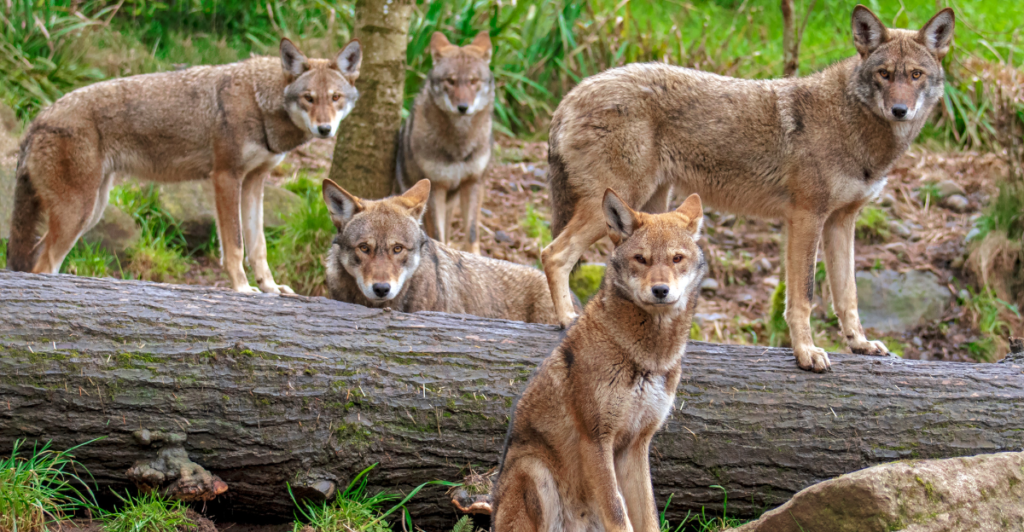
Once roaming as far north as Pennsylvania and as far west as Texas, the red wolf has become a phantom presence in its own homeland. By 1980, it had vanished from the wild entirely, with hybridization, shooting, and habitat loss decimating its population.
Thanks to federal intervention, a small group was reintroduced in North Carolina, but as of 2025, only 16 remain outside captivity. The red wolf faces legal battles as much as ecological ones—local opposition to federal protections has stalled reintroduction efforts.
The $328 million recovery plan aims to rewild wolves into national wildlife refuges, but questions remain over long-term viability. Yet scientists argue that preserving this canid helps control deer populations and supports broader biodiversity in southeastern ecosystems
3. Ocelot
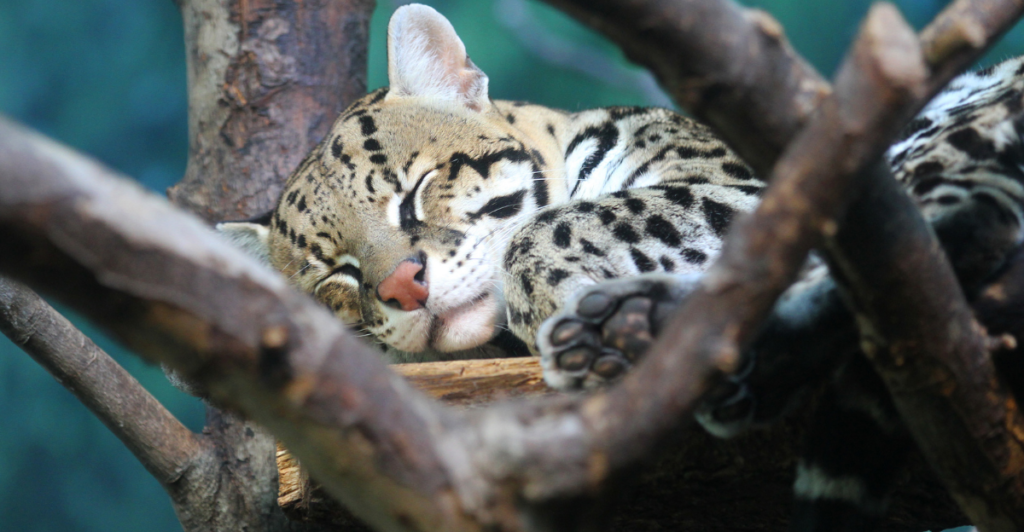
With its dappled coat and secretive habits, the ocelot once ranged across the American Southwest but now clings to survival in just two isolated Texas populations. Fewer than 25 remain in the U.S., making them rarer than wild tigers in some parts of Asia.
Decades of fur trapping decimated numbers, with over 500,000 pelts traded globally in the 20th century. Today, the threat is asphalt rather than fashion—vehicle collisions are a leading cause of death, with fragmented scrubland forcing these cats to cross busy roads.
Recent conservation pushes include wildlife underpasses and restoring thornscrub habitat, but ocelots remain genetically bottlenecked and vulnerable to disease. These predators serve an important ecological role, keeping rodent populations in check.
4. Black-Footed Ferret
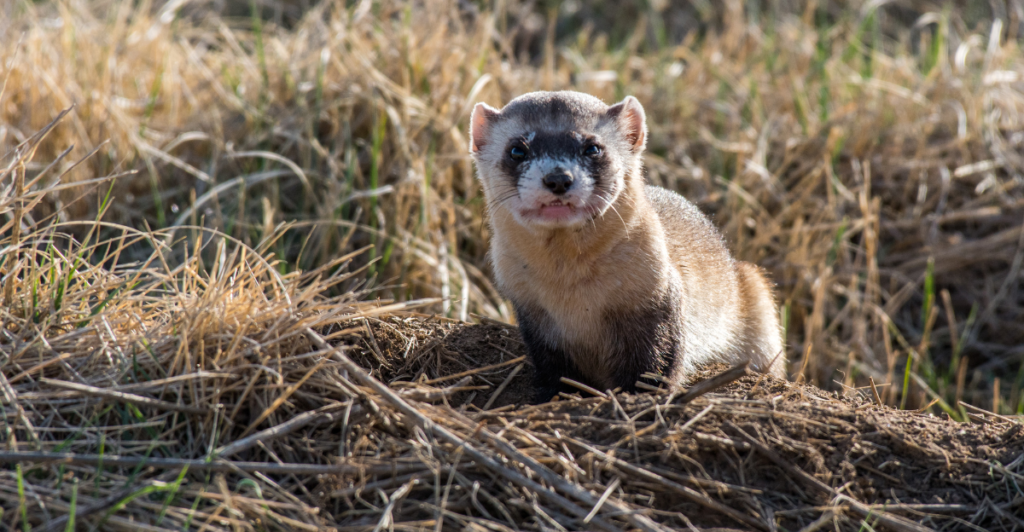
Small, sleek, and often mistaken for a mink, the black-footed ferret was twice declared extinct in the wild before being rediscovered in 1981 on a Wyoming ranch. Now, about 300 individuals live in reintroduced populations, but their fate is tightly bound to prairie dogs, which make up 90% of their diet.
Plague outbreaks and large-scale prairie dog extermination campaigns—once considered good land management—have devastated ferret habitat. Conservationists now vaccinate both ferrets and prairie dogs while monitoring disease with drones and genetic screening.
The ferret’s narrow ecological niche makes it vulnerable, but also positions it as a powerful symbol of how saving one species can restore entire ecosystems. These carnivores help balance grassland biodiversity and their survival story serves as a model for reviving species dependent on similarly fragile food webs across the continent.
5. Devil’s Hole Pupfish
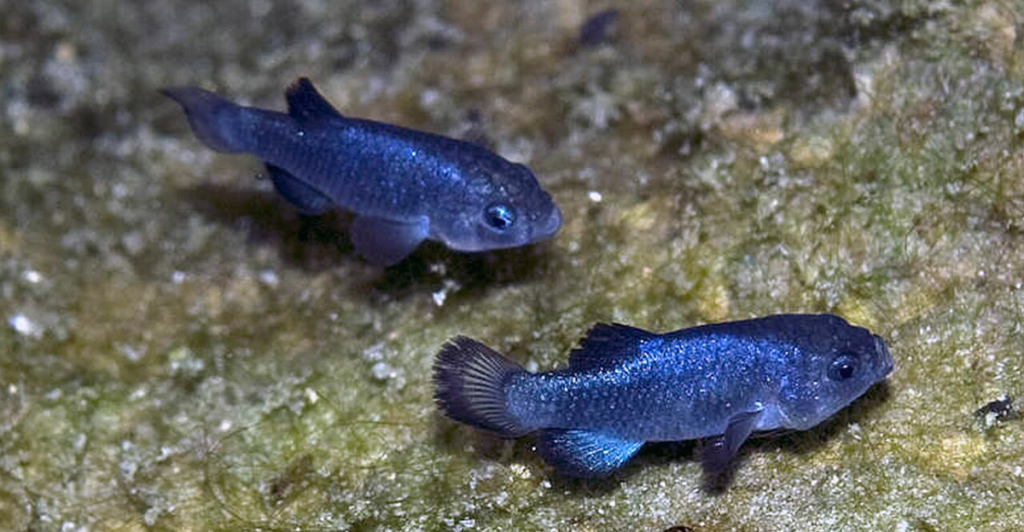
Confined to a single limestone cavern in Nevada’s Death Valley, the Devil’s Hole pupfish may be North America’s most extreme case of evolutionary specialization. With a habitat smaller than a suburban swimming pool and water temperatures often above 33°C (91°F), this inch-long fish survives in conditions lethal to nearly all others.
Its total wild population sometimes dips below 100. Groundwater pumping for agriculture once threatened to lower water levels fatally, prompting legal battles that reached the U.S. Supreme Court in the 1970s.
Modern threats include climate-driven droughts and vandalism—one infamous case in 2016 saw intruders kill several fish for sport. To safeguard the species, scientists built an exact replica of Devil’s Hole, complete with identical rock structures and thermal conditions.
6. California Condor
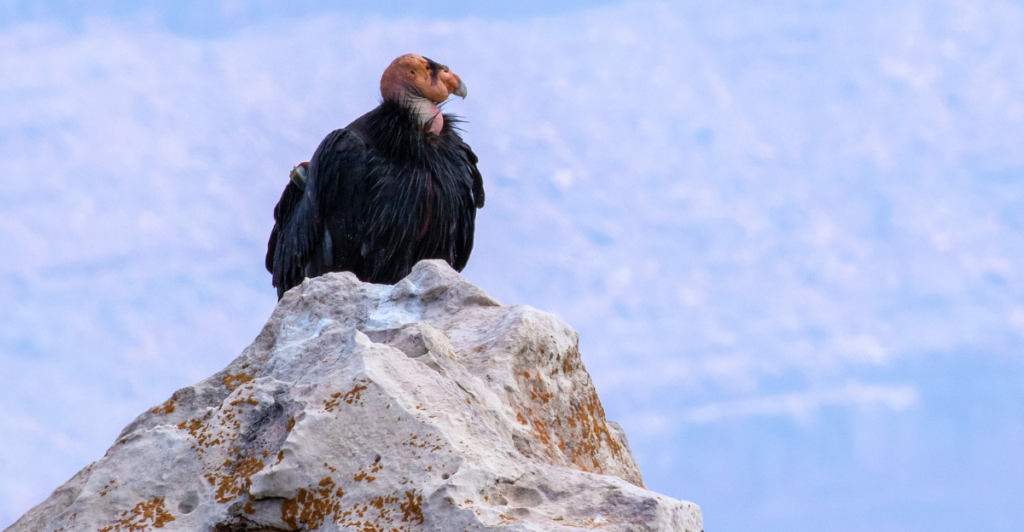
North America’s largest land bird, the California condor, boasts a wingspan nearing 3 meters (10 feet) but was grounded by the 1980s, with only 27 individuals surviving in captivity. Now, over 300 have been reintroduced across California, Arizona, and Baja California.
Yet their comeback is constantly undermined by lead poisoning—condors ingest bullet fragments from scavenged carcasses. Despite bans in key areas, enforcement remains patchy, and some hunters resist switching to non-lead ammunition.
Biologists now employ GPS trackers to identify poisoned birds early and perform emergency chelation therapy. Remarkably intelligent and long-lived, condors mate for life and exhibit complex social behaviors. Their recovery is one of the most ambitious rewilding projects in the U.S., requiring hands-on management, cultural shifts in hunting practices, and large-scale habitat conservation.
7. Vaquita
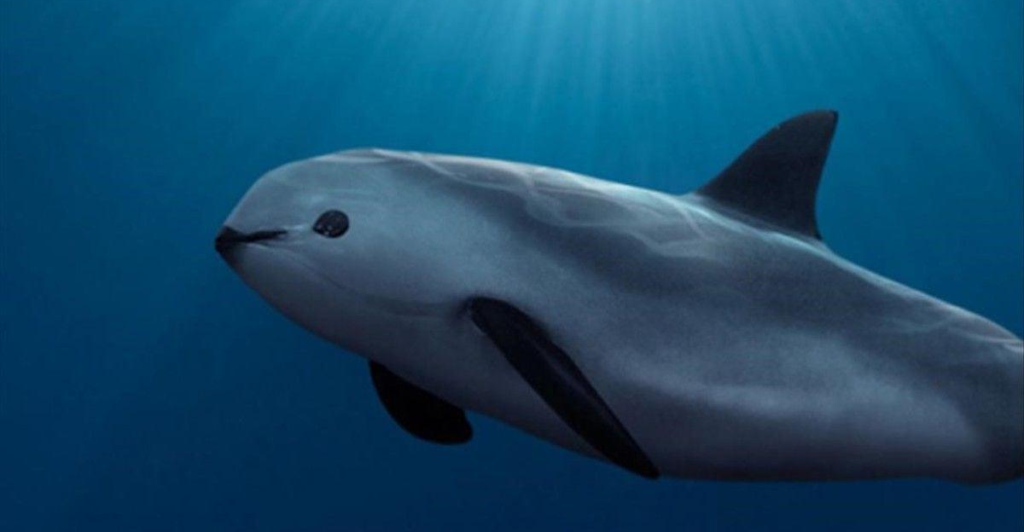
Shy, elusive, and no longer visible to the untrained eye, the vaquita is the world’s rarest marine mammal—and possibly its most tragic. Native only to the northern Gulf of California, vaquitas are casualties of illegal fishing for totoaba, a large fish prized for its bladder in black markets.
Gillnets set for totoaba ensnare vaquitas, and despite international pressure and gillnet bans, poaching continues with alarming impunity. As of 2025, fewer than 13 individuals remain, which is too few for a stable population without urgent, radical measures.
Some biologists argue that without immediate habitat protection and robust enforcement, the vaquita could become the first cetacean to go extinct due to bycatch. Drone surveillance, acoustic monitoring, and financial incentives for local fishers have all been tried.
8. American Burying Beetle
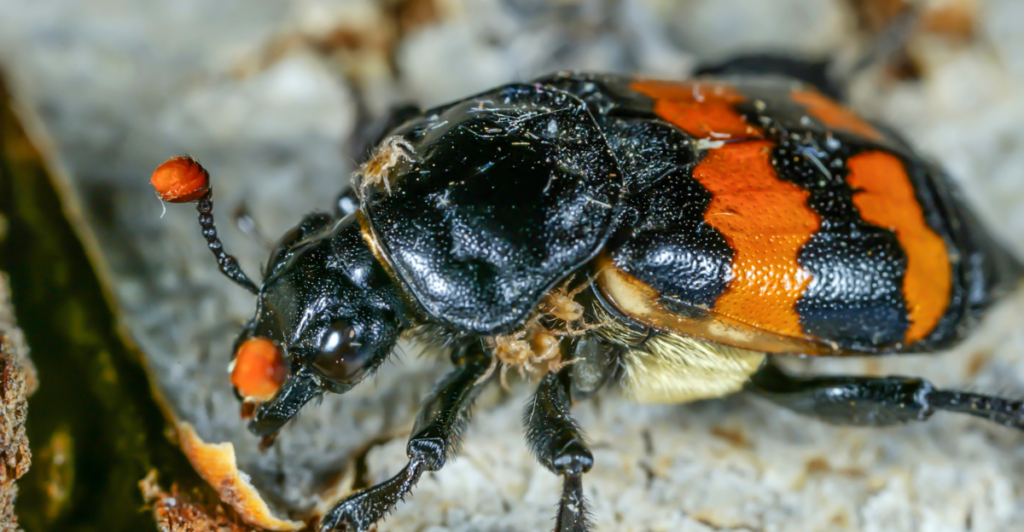
Once found in 35 U.S. states, the American burying beetle is now reduced to isolated pockets in the Midwest and New England. Measuring up to 3.8 centimeters (1.5 inches), it plays an outsized role in ecosystems by burying small dead animals and recycling nutrients into the soil.
Habitat fragmentation and widespread pesticide use have driven its decline. Unlike most beetles, it exhibits rare parental care—mated pairs cooperatively raise larvae in buried carrion. Conservationists have launched reintroduction programs on protected lands, but success depends on the nearby availability of suitable carcasses and pesticide-free zones.
This beetle’s fate might seem inconsequential, but its disappearance would disrupt soil health and scavenger dynamics. It also serves as a case study of how even insects, often overlooked in conservation, can embody complex ecological roles.
9. Kemp’s Ridley Sea Turtle
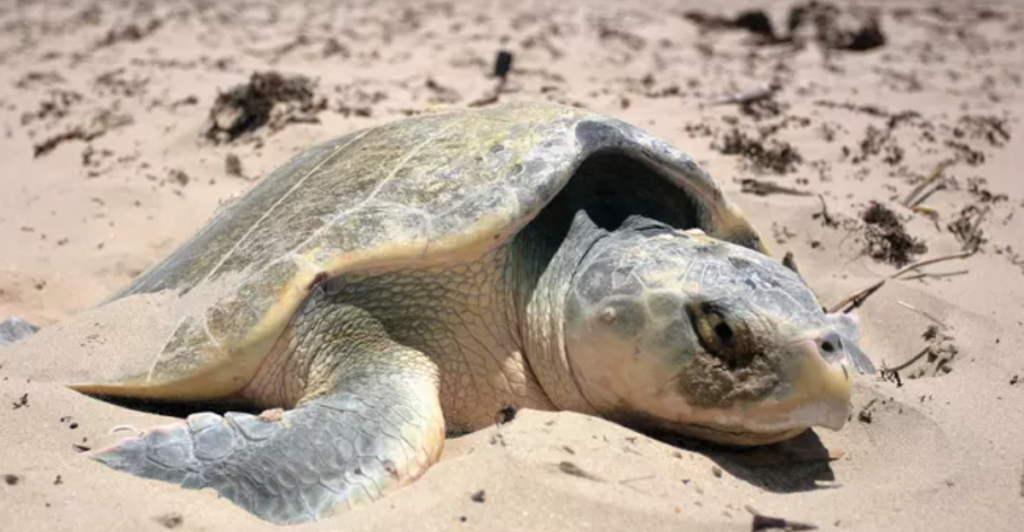
The Kemp’s ridley sea turtle, native to the Gulf of Mexico, once experienced mass nesting events numbering in the tens of thousands. By the 1980s, fewer than 300 females returned annually. Overharvesting of eggs, bycatch in shrimp trawls, and loss of nesting habitat pushed the species to the brink.
Turtle excluder devices (TEDs) in fishing nets, international nesting protections, and binational conservation efforts helped stabilize the population. However, rising sea levels now threaten nesting beaches, and oil spills remain an ever-present danger. In 2010, the Deepwater Horizon spill devastated critical feeding grounds.
The turtles also suffer from plastic ingestion and climate-driven shifts in ocean currents, which disorient hatchlings. Despite their ongoing struggles, Kemp’s Ridleys are a poster child for cooperative marine conservation, proving that recovery is possible when science, policy, and the public align across borders.
Explore more of our trending stories and hit Follow to keep them coming to your feed!

Don’t miss out on more stories like this! Hit the Follow button at the top of this article to stay updated with the latest news. Share your thoughts in the comments—we’d love to hear from you!







